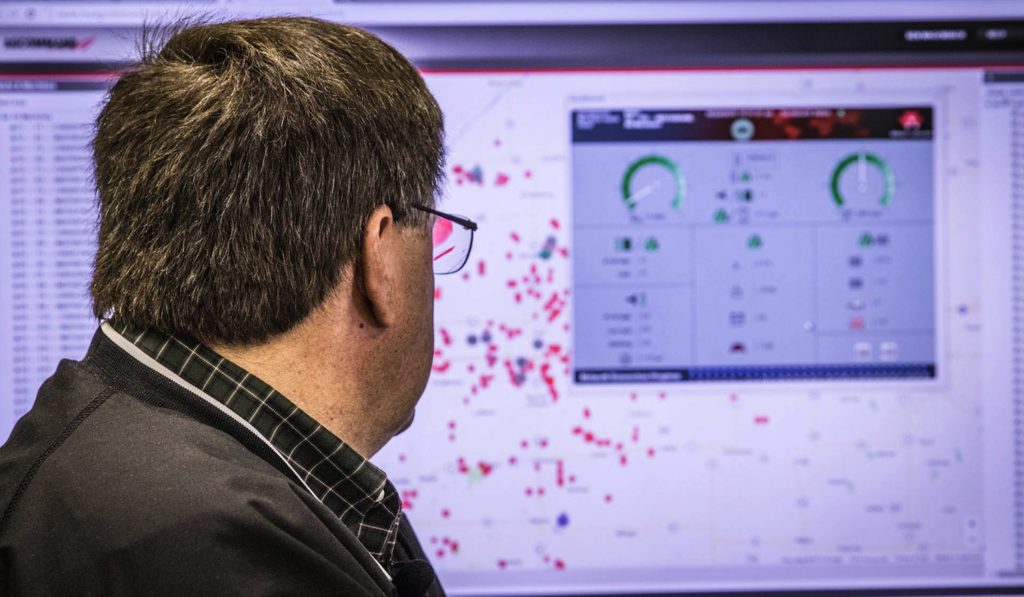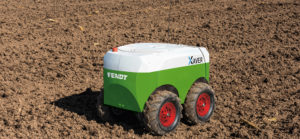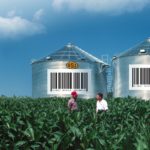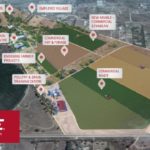The Farm Fantastic
Farmers increasingly use technology to improve efficiencies and profits. In the future, though, even more highly evolved ag IT solutions may be a key to feeding an ever-increasing human population.

The Farm Fantastic
Farmers increasingly use technology to improve efficiencies and profits. In the future, though, even more highly evolved ag IT solutions may be a key to feeding an ever-increasing human population.By some calculations, the planet’s population is projected to increase almost 20% to 9.15 billion by 2050. Such growth will present immense challenges. In 2012, the Food and Agriculture Organization of the United Nations reported agricultural production would have to grow by 60% to meet this increased demand for food. What does this mean to the future of farming?
Matt Rushing, vice president, AGCO Product Line Global Crop Care, has one prediction that is beginning to take shape. He starts by noting that farmers have grown somewhat accustomed to investing substantial capital into bigger and better farm machinery. However, Rushing believes, as autonomous equipment begins to come into the picture, we may see resizing of that equipment.
“In the future,” says Rushing, “the cost of purchasing large, autonomous machine systems may continue to be very expensive, [even] without an operator. Plus, if that one large machine breaks down, the farmer experiences downtime until it’s fixed again.”
Enter small machines … and more of them.
AGCO is looking at development of “robot swarms”—many smaller machines working at once that can perform tasks, like planting seeds, without an operator. “It’s the same concept as the multiple row units on a planter,” Rushing explains, “only there’s no need for a tractor, which eliminates the cost of the tractor and the cost of a big planter bar.”
Another advantage? If one robot in the swarm breaks down, others can keep planting.
The other big game-changer, in Rushing’s view, will be sensor technology. “More and more sensors will be developed that will be capable of understanding everything from soil composition to temperature,” he says. Sensors also will help producers and manufacturers better understand machine behavior and plant health, and maybe even account for the weather while performing field tasks.
For example, researchers are currently using optical sensors that recognize differences between hues of green to help determine if plants are healthy at various stages of growth. The idea in a case like this is to enable the farmer to passively manage potential problems right away and correct them before they dramatically impact a harvest.
Rushing also sees machines becoming so smart they’ll have “the on-board analytic capability to change their behavior based on real-time conditions [of the environment] as opposed to off-board theoretical analytics.” These applications already exist in machines that can plant, weed and water plants on a limited scale.
As with just about everything, say the experts, the biggest constant in farming is change. Read more about what the experts are predicting for the future of farming.
Written by Deborah R. Huso



